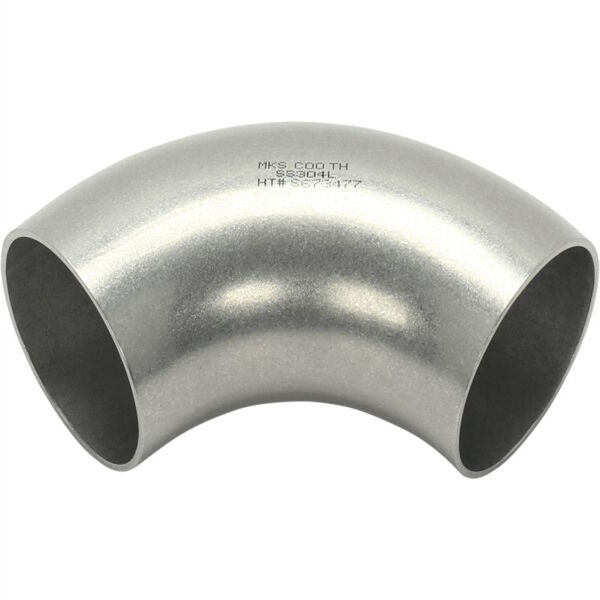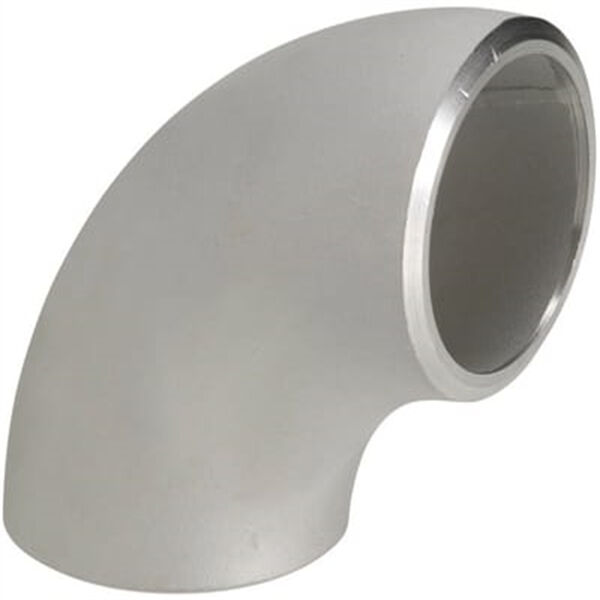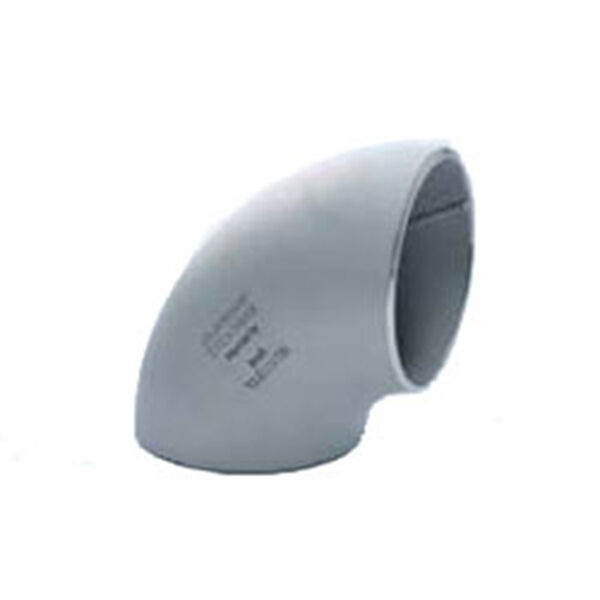If you have a need to contact us, email us at [email protected] or use the form below.
We look forward to serving you!
Weld 90 butt is a method of welding, when two pieces of metal are joined at an angle of 90 degrees. That means they interlock right against each other, producing a really strong connection. That is an excellent weld for production welding in factories and construction sites. The term "butt" refers to the ends of the metal pieces being butted together, for a smooth finish.
If you do this right, butt weld 90 joints is very strong and stable. It is an application used in many applications such as automotive applications, aerospace, factory use, where precision and strength is paramount. Before welding, it’s crucial that the metal pieces are clean and lined up properly to create strong joints. Not so tightly that the joints can't take a lot of pressure and stress.
Haaa, there are a lot of things why you use butt weld 90 while making things. And one big reason is that it forms such a strong joint. This helps to extend the life of the finished product. Also, butt weld 90 does give a nice clean appearance when the look of things is important. This weld also aids in a smooth flow of energy and prevents the metal from rusting.
How to make butt weld 90 joint in proper way First off, you need to prepare your metal pieces properly so that dirt and rust or any other impurities do not spoil the weld. Then align the two pieces at a 90 degree angle and clamp them very strongly together so that they do not move during welding.

For a 90-degree angle welding it requires a constant heat and appropriate speed. That is to properly melt the pieces of metal together. Don’t add too much heat, because that can weaken the metal or warp its shape. Instead, apply a smooth and strong bead with a steady hand.

There are some common problems in butt weld 90 joints even when you have taken the right preventative measures. One issue happens when the metal pieces aren’t bonded well, resulting in an unbreakable joint. To correct for this, welders accomodate by increasing the heat or speed with which they weld a piece to ensure proper fusion of the pieces.

A second challenge is what is known as porosity. This occurs when little air bubbles cannot escape when the weld sets, leaving it brittle. The only way to avoid this situation is to make sure that before you start welding, the metal pieces are clean and there is no dirt on them. Likewise, apply the appropriate welding strategy and devices to join the metal pieces solidly.


Copyright © TOBO GROUP All Rights Reserved - Privacy Policy